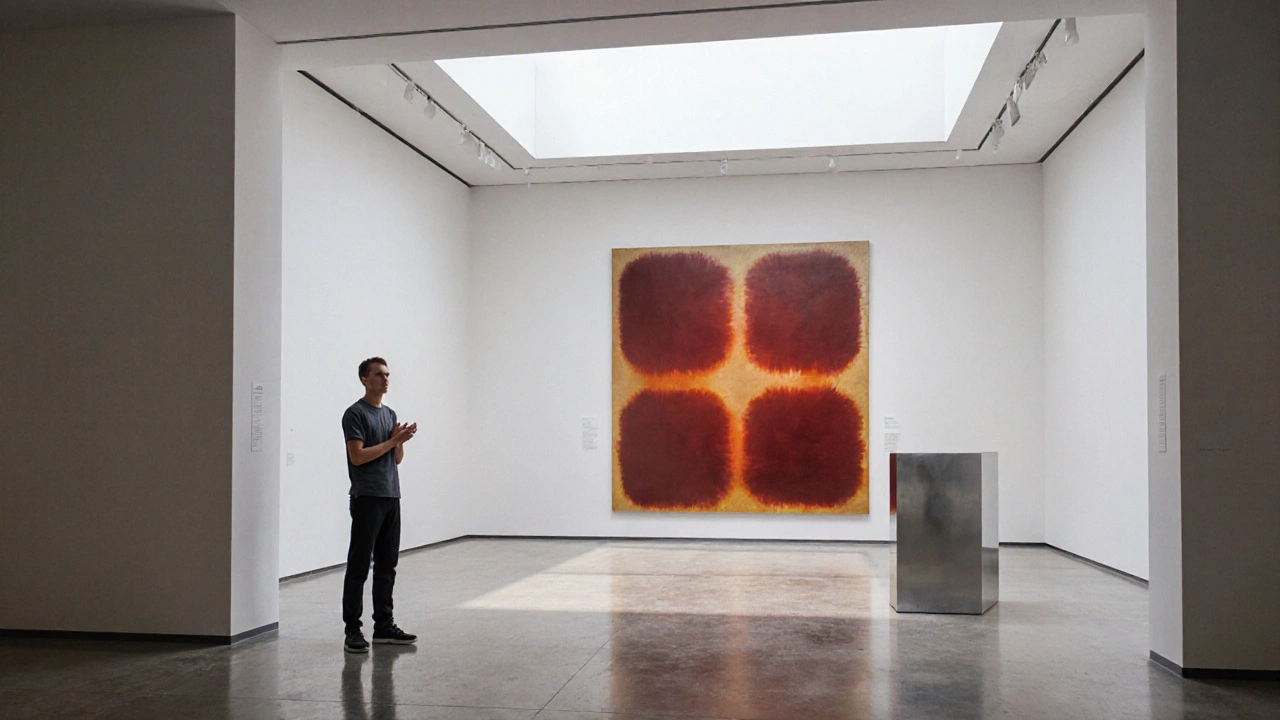Arguments Against Modern Art – What the Critics Say
When you hear the phrase Arguments Against Modern Art, a collection of critiques that question the value, relevance, and methods of modern artistic movements. Also known as modern art criticism, it covers concerns about aesthetics, market excess, and cultural impact, you instantly know you’re stepping into a debate that mixes personal taste with big‑picture trends. People argue that modern art has become too conceptual, that it often hides behind jargon, and that galleries sometimes push pricey pieces without real artistic merit. Those points aren’t just opinion—they shape how museums buy, how schools teach, and how collectors decide to spend money.
One of the biggest related ideas is Modern Art, artistic works from the late 19th to mid‑20th century that challenged classic techniques and embraced abstraction. Arguments Against Modern Art frequently target this era because its break from tradition set the stage for everything that followed. Another key player is Contemporary Art, the current wave of art that builds on modern foundations while integrating new media, technology, and social commentary. Critics claim that the legacy of modern art has morphed into a playground for shock value, making it hard to distinguish genuine innovation from hype. Then there’s Art Criticism, the practice of analyzing and evaluating artworks, often shaping public opinion and market values, which acts as the bridge between creator intent and audience reaction. When criticism leans toward sensationalism, the whole ecosystem feels unbalanced. Finally, the Art Market, the global network of galleries, auctions, and collectors that determines the financial fate of artworks amplifies these arguments; sky‑high auction prices can validate a work’s importance, but they can also reinforce the belief that modern art is more about profit than substance.
These four entities interlock in predictable ways: modern art influences contemporary art, contemporary art fuels the art market, the art market shapes the focus of art criticism, and art criticism often fuels arguments against modern art. That chain of cause and effect explains why a single critique can ripple across studios, school curricula, and auction houses. For example, a well‑read article questioning the merit of a high‑priced minimalist sculpture can lead galleries to adjust pricing, teachers to revisit curriculum notes, and collectors to rethink future purchases. The result is a dynamic conversation that keeps the art world honest, even if it occasionally feels like a heated brawl.
Why These Debates Matter for Creators and Collectors
If you’re an artist experimenting with oil‑painting techniques—like the spatula method, impasto, or glazing—understanding these arguments helps you position your work. A piece that showcases skillful brushwork might appeal to audiences tired of purely conceptual pieces. Meanwhile, gallery curators who know the current criticism can craft shows that balance avant‑garde ideas with craftsmanship, satisfying both skeptics and enthusiasts. Collectors, on the other hand, can use the criticism as a filter: does a piece’s price reflect genuine innovation, or is it riding a hype wave sparked by controversial media coverage? By mapping the arguments against modern art onto real‑world decisions, you turn abstract debate into practical guidance.
Below you’ll find a curated selection of articles that dive into specific techniques, market data, and historical context—all of which feed into the larger conversation about modern art’s place today. Whether you’re looking for step‑by‑step guides on oil‑painting, insights into what galleries look for in an artist, or a quick run‑through of the most influential modern artists, the collection gives you the tools to form your own opinion and act on it.
Ready to explore the depth of the discussion? Scroll down to see how each post connects to the core arguments, offers concrete examples, and equips you with actionable tips for navigating the ever‑evolving art landscape.
